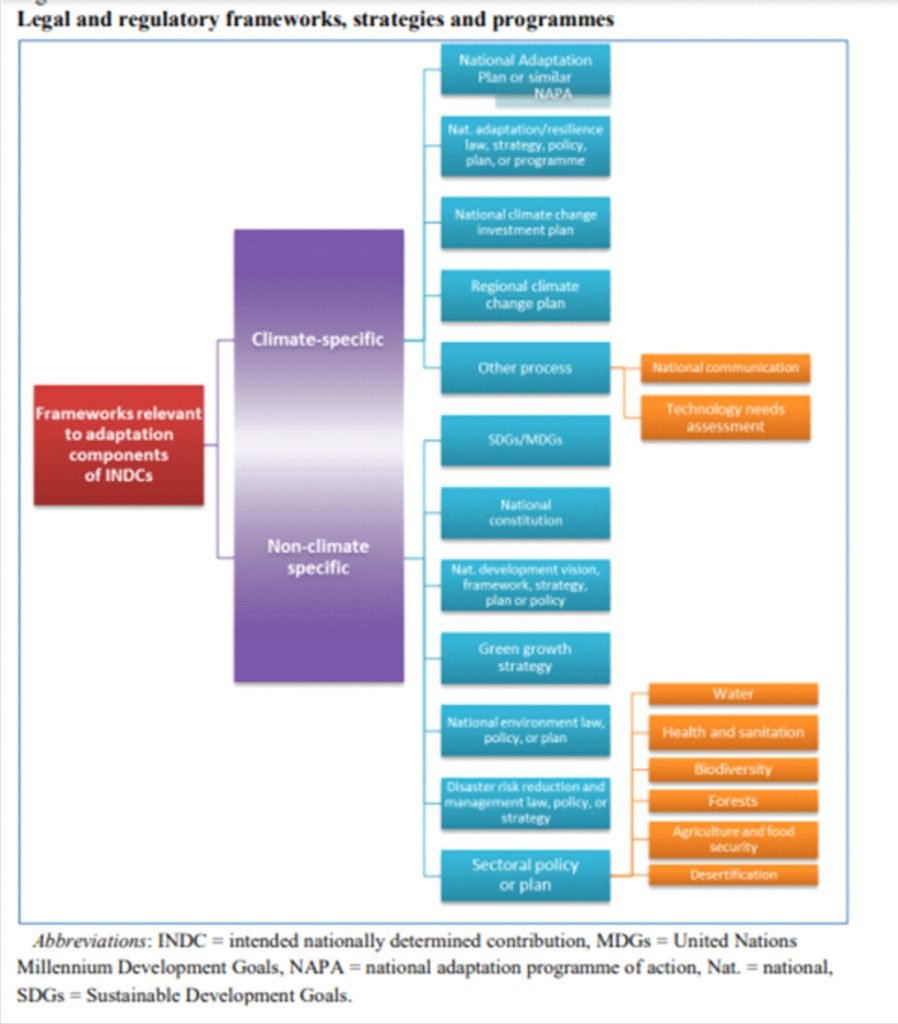Current Affairs (4th March 2021)
India-Norway
CONTEXT:
- India and Norway have agreed to jointly work in the area of marine spatial planning in the oceanic space for the next five years.
ABOUT:
- The two countries have decided to extend support for sustainable ocean resources utilisation to advance economic and social development in coastal areas.
- The initiative known as Marine Spatial Planning will be implemented by the Ministry of Earth Sciences through National Centre for Coastal Research for India.
- In this regard, the first project steering committee meeting was successfully conducted virtually recently, after which the two countries have charted out a plan to ensure that human activities at sea take place in an efficient, safe, and sustainable manner in areas such as energy, transportation, fisheries, aquaculture and tourism.
- This is a part of the Indo-Norway Integrated Ocean Initiative under the Memorandum of Understanding signed between the two countries in 2019.
- Lakshadweep and Puducherry have been identified as pilot sites for the project.
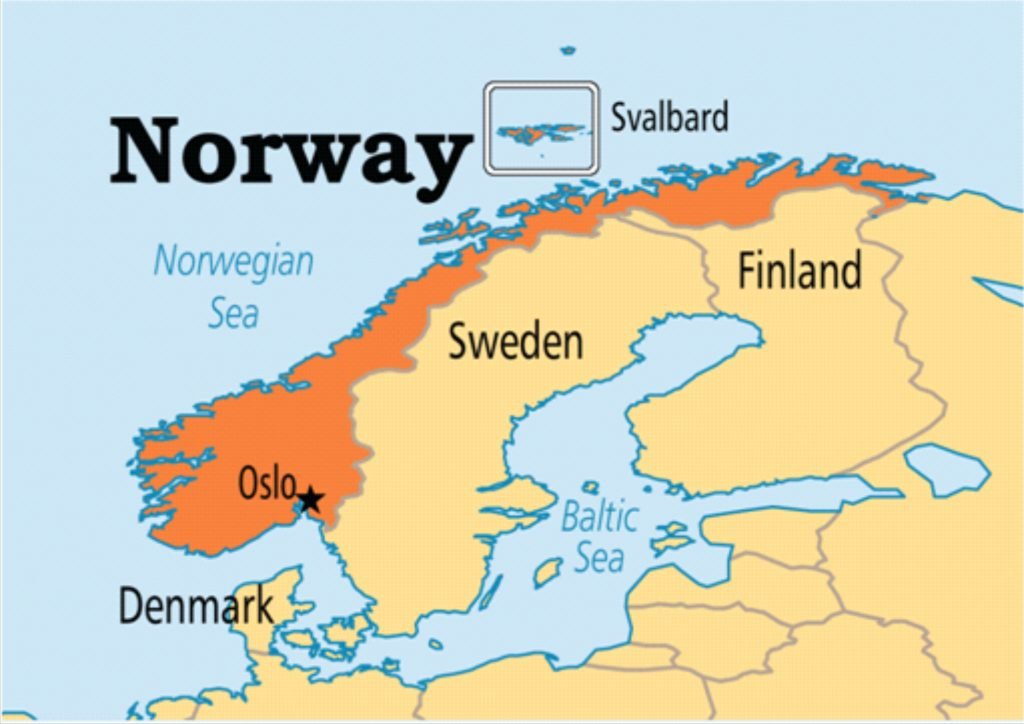
Relations
- India and Norway have been enjoying a cordial and friendly relationship since the establishment of relations in 1947, also each other share common values such as democracy, human rights and the rule of law.
- In recent years, both countries have increased their engagements in the field of trade and technology.
- Norway has supported India’s membership to export control regimes the Missile Technology Control Regime (MTCR), the Wassenaar Arrangement (WA) and the Australia Group (AG). Norway supported India’s application for membership of the Nuclear Suppliers’ Group (NSG).
- Norway agreed that India is a strong candidate for a permanent seat on a reformed Security Council.
- Both countries agreed to work together in tackling the threat of climate change.
- India has signed a Double Taxation Avoidance Agreement (DTAA) with Norway in 1986 which was revised in February 2011.
- Norway is an expert on the subject of the Ocean Economy as 70% of Norway’s export is from Norway’s maritime industry. Starting of bilateral ocean dialogue have added a new dimension in India-Norway relations and will help India to understand the know-how of the maritime industry.
REINTRODUCTION OF CHEETAH
CONTEXT:
- The big cat will be a reality soon as the government will bring Cheetah back from extinction announced by the Environment Minister.
About:
- The government is working on reintroduction of Cheetah, which went extinct in 1952.
- India has thriving wildlife and biodiversity with 70 per cent of global tiger population and 70 per cent of Asiatic Lions. The country also has 60 per cent of Leopard population.
- Cheetahs once roamed across much of India and the Middle East, but today the entire Asian cheetah population is confined to just a few dozen animals in remote regions of Iran.
- Kuno-Palpur was identified as the preferred location for India’s relocation programme as it has large grasslands, ideally suited to the cheetah’s need to build up speed without worrying about trees or other obstacles.
- These grasslands were formed, in large part, through the removal of villages and rewilding of agricultural land to make way for the relocation of the Asiatic lion.
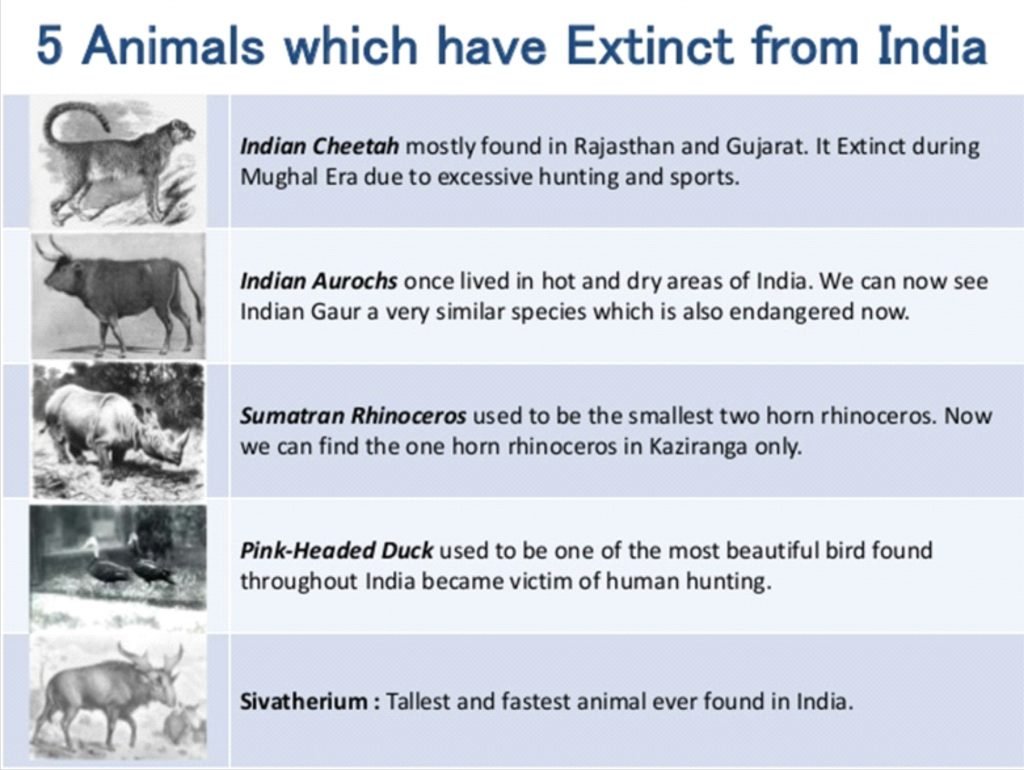
LSTV-RSTV
CONTEXT
- The merger of the Lok Sabha TV (LSTV) and the Rajya Sabha TV (RSTV) has been finalised and will be replaced by Sansad TV.
- Retired IAS officer Ravi Capoor is appointed its Chief Executive Officer.
ABOUT:
- In November 2019, after deliberations between Lok Sabha Speaker Om Birla and Rajya Sabha Chairman Venkaiah Naidu, a committee headed by former Prasar Bharati Chairman Surya Prakash was set up.
- It submitted a report in February 2020.
- The Surya Prakash panel held a meeting with Members of Parliament from different political parties and they strongly recommended the continuation of the live telecast.
- Three different sub-committees are currently examining the report to finalise the integration of technical and manpower resources of both the channels.
Global Bio India 2021
Context:
- The Union Minister for Science & Technology, Earth Sciences and Health & Family Welfare inaugurated the second edition of Global Bio-India-2021.
About:
- The 3-day event will showcase the strength and opportunities of the India’s biotechnology sector at national level and to the global community.
- The theme for this year is “Transforming lives” with the tag line “Biosciences to Bio-economy”.
- Being one of the largest biotechnology stakeholder conglomerates, this event is being co-organised by the Department of Biotechnology, Ministry of Science & Technology, Government of India along with its Public Sector Undertaking, and Biotechnology Industry Research Assistance Council (BIRAC) in partnership with industry association Confederation of Indian Industry (CII), Association of Biotechnology Led Enterprises (ABLE) and Invest India.
- It aims at facilitating the recognition of India as an emerging Innovation Hub and the bio-manufacturing hub globally.
Biotechnology sector
- It has emerged as an integral part of the Indian economy over the past few decades, and the Government of India is playing a transformative and catalytic role in building a USD 150 billion bio-economy by 2025.
- The sector is recognized as one of the key drivers for India to achieve its USD 5 trillion target.
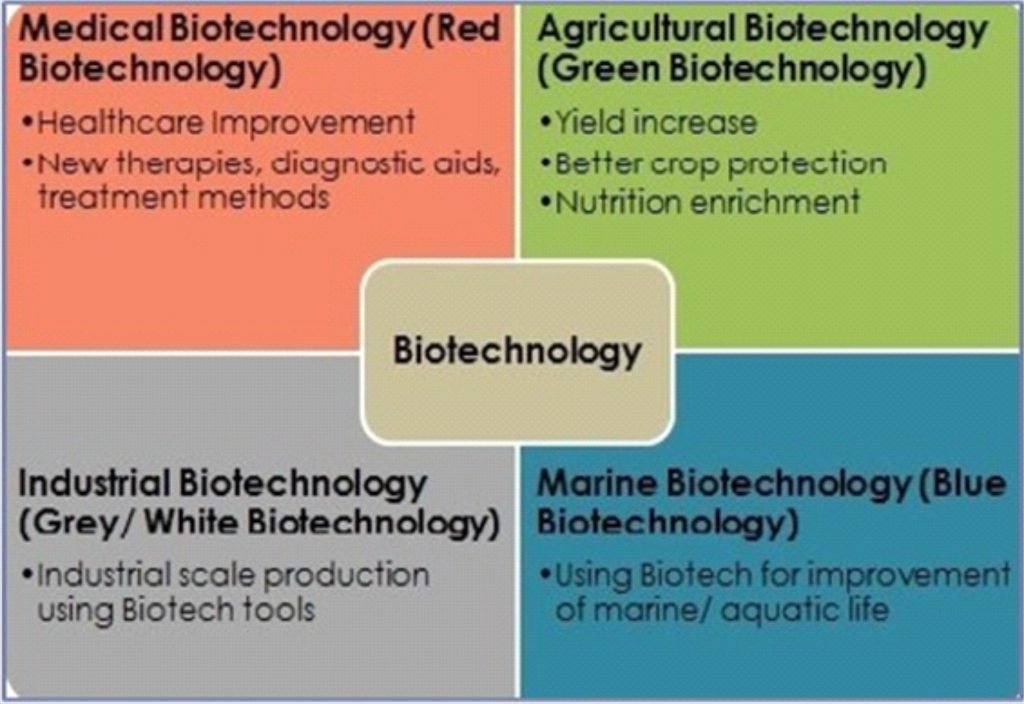
Maritime India Summit 2021
CONTEXT:
- Prime Minister inaugurated ‘Maritime India Summit 2021’. He invited the world to come to India and be a part of India’s growth trajectory.
Maritime sector:
- India is very serious about growing in the maritime sector and emerging as a leading Blue Economy of the world.
- Through the focus areas of upgradation of infrastructure, boosting reform journey, India aims to strengthen the vision of Aatamnirbhar Bharat.
- Capacity of major ports have increased from 870 million tonnes in 2014 to 1550 million tonnes now.
- Indian ports now have measures such as: Direct port Delivery, Direct Port Entry and an upgraded Port Community System (PCS) for easy data flow.
- Indian ports have reduced waiting time for inbound and outbound cargo. Mega ports with world class infrastructure are being developed in Vadhavan, Paradip and Deendayal Port in Kandla.
- India aims to operationalise 23 waterways by 2030. India has as many as 189 lighthouses across its vast coastline. India has also drawn up a programme for developing tourism in the land adjacent to 78 lighthouses.
- The key objective of this initiative is to enhance development of the existing lighthouses and its surrounding areas into unique maritime tourism landmarks.
- Steps are also being taken to introduce urban water transport systems in key states and cities such as Kochi, Mumbai, Gujarat and Goa.
- Indian Government has recently widened the ambit of the maritime sector by renaming the Ministry of Shipping as Ministry of Ports, Shipping and Waterways so that work happens in a holistic manner.
- The Government of India is also focusing on the domestic ship building and ship repair market. To encourage domestic shipbuilding approval has been given to the Shipbuilding Financial Assistance Policy for Indian Shipyards.
- Ministry of Port Shipping and Waterways has created a list of 400 investable projects. These projects have an investment potential of $ 31 billion or Rs 2.25 lakh crores.
- Maritime India Vision 2030 outlines the priorities of the Government.
- The Sagar-Manthan: Mercantile Marine Domain Awareness Centre has also been launched. It is an information system for enhancing maritime safety, search and rescue capabilities, security and marine environment protection.
Sagarmala project for promoting port led development
- It was announced by the Government in 2016. As part of the Programme, more than 574 projects at a cost of 82 billion US Dollars or Rs 6 lakh crores have been identified for implementation during 2015 to 2035.
- Ship repair clusters will be developed along both coasts by 2022. Domestic ship recycling industry will also be promoted to create ‘Wealth from Waste’.
- India has enacted Recycling of Ships Act, 2019 and agreed to the Hong Kong International Convention.
- Continuing with India’s focus on trade and economic linkages with the BIMSTEC and IOR nations, India plans to enhance investment in infrastructure and facilitate mutual agreements by 2026.
- Government has initiated holistic development of island infrastructure and ecosystem. Government is keen to promote the use of renewable energy in the maritime sector.
- Government is in the process of installing solar and wind-based power systems at all the major ports across the country and aims to increase usage of renewable energy to more than 60% of total energy by 2030 in three phases across Indian ports.
Paris Agreement goals
Context:
- According to the United Nations Framework Convention on Climate Change (UNFCCC) Nationally Determined Contributions (NDC) Synthesis Report, the United Kingdom and the European Union are the only regions among 18 of the world’s biggest emitters that have significantly increased their greenhouse gas reduction targets.
About:
- Of the 197 Parties to the UNFCCC, only 75 have submitted new or updated NDC till December 31, 2020. These Parties account for 30 per cent of the global greenhouse emissions.
- Other major emitters either submitted NDCs presenting a very low increase in their ambition level or have not presented NDCs yet. UNFCCC called for more ambitious climate action plans by the countries in order to achieve the Paris Agreement target of containing global temperature rise to two degrees Celsius (ideally 1.5°C) by the end of the century.
- While a majority of countries increased their individual levels of ambition to reduce emissions, their combined impact will help achieve only a 1 per cent reduction by 2030 compared to 2010 levels.
- Global emissions, however, need to reduce by 45 per cent in order to meet the 1.5°C goal, according to Intergovernmental Panel on Climate Change.
- The report was sought ahead of the UN Climate Change Conference of the Parties (COP26) that was to be conducted in November 2020 but was deferred to November 2021 due to the novel coronavirus disease (COVID-19) pandemic.
- Participating nations will get more time to review and update their NDCs, which will be compiled in the final synthesis report to be brought out ahead of COP26.
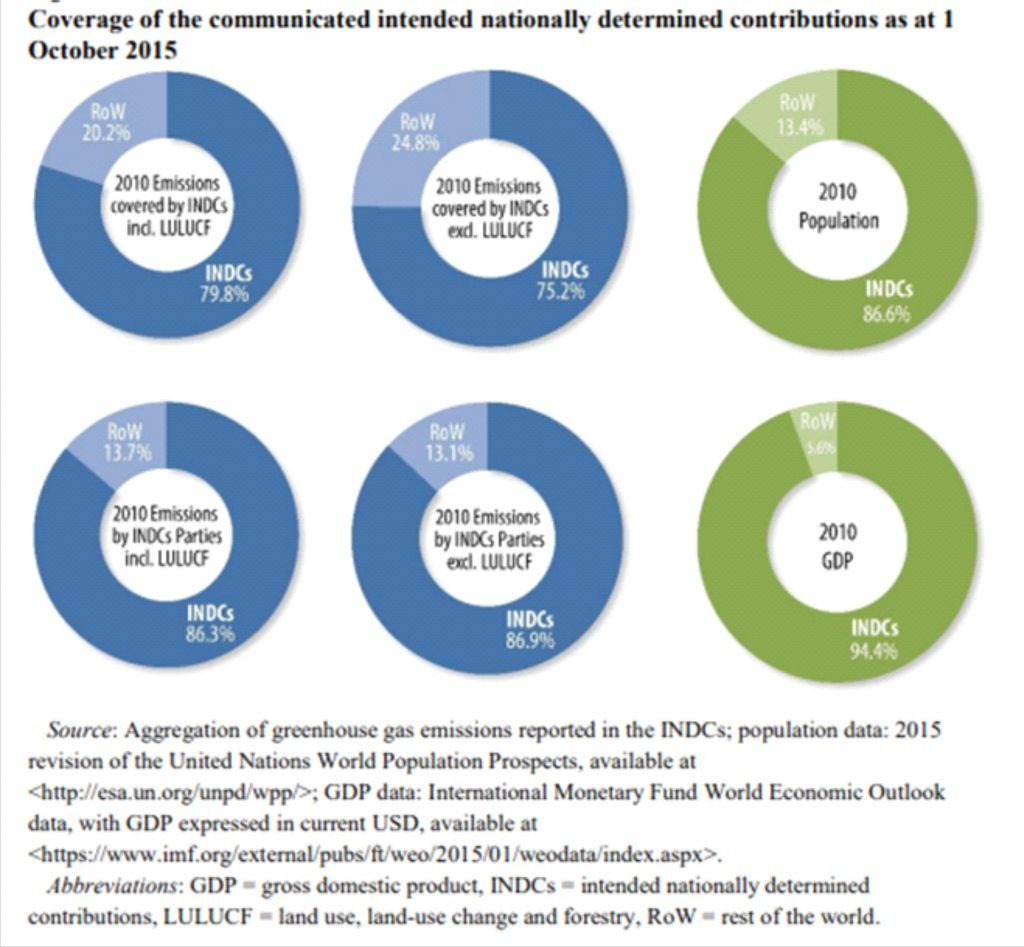
Way Ahead
- An increase in ambition must be accompanied by a significant increase in support for climate action in developing nations.
- This report should serve as an urgent Call to Action and all countries, particularly major emitters, needs to submit ambitious 2030 emission reduction targets.
